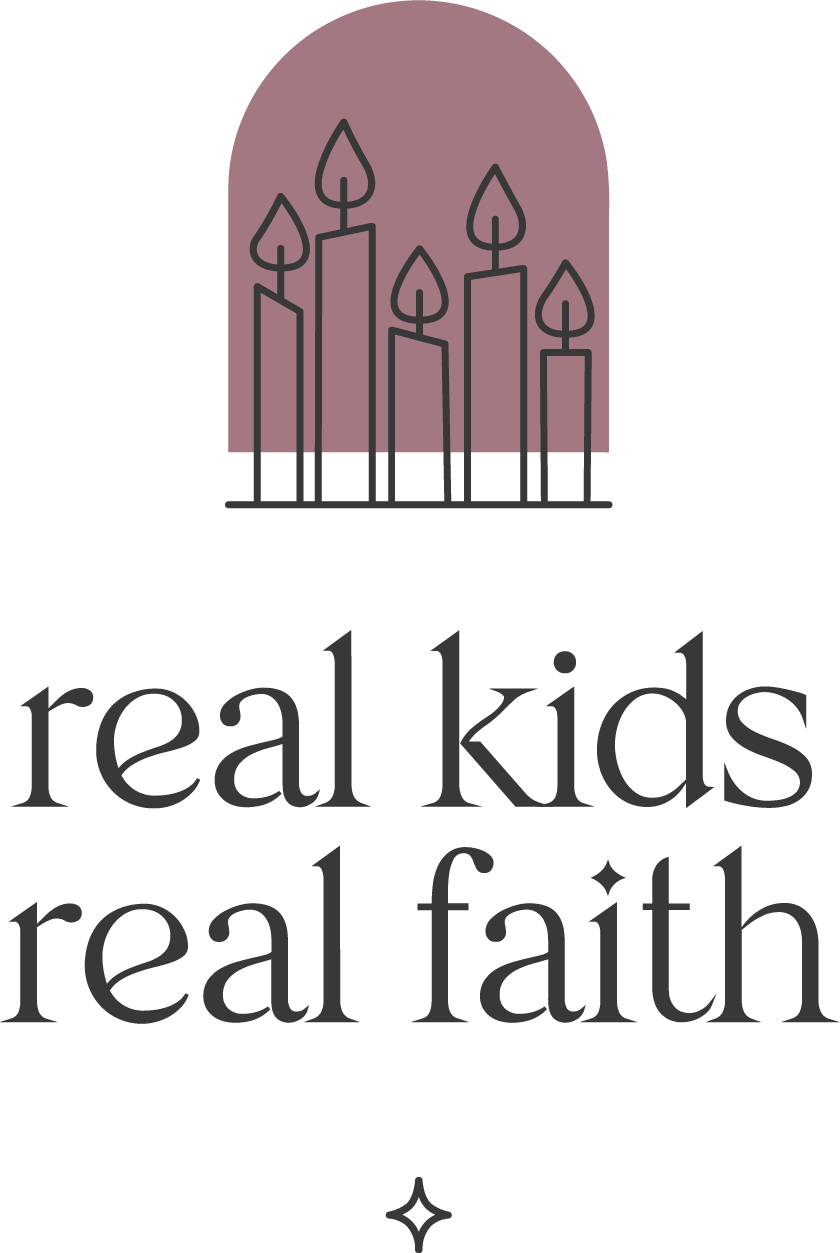Summer camp is a big part of many children’s experiences. Whether day camp or sleepaway, it’s an opportunity to make new friends, learn new skills, and explore new ideas. It’s supposed to be a place of discovery. Yet for hundreds of young campers in Texas, it became a nightmare when flash floods rolled through campgrounds over the Fourth of July. Most were rescued from the rising waters, but at least 28 children died and the death toll continues to rise.
Kids need help to process such disasters. While they may not know anyone directly affected, children worry about something similar happening to them. They may become anxious the next time a thunderstorm rolls into their community or fearful that something bad will happen while they sleep. Some may want extra reassurances at bedtime that everything is ok.
Parents and caregivers can provide information that may help allay fears. Children feel more in control of a situation when they have data they can use to analyze risks. Check weather updates together and show them how to use a weather app so they can monitor conditions themselves. Describe the weather alert systems in your area. Explore science and weather websites together to learn more about storm systems and flooding.
Kids also are less fearful if they know what to do in a weather emergency. Create an emergency plan together. Identify different kinds of emergencies (e.g., flooding, fire, tornado, hurricane) and act out what to do in each case. Role play calling 911 for emergency assistance. Draw a map of your home and discuss different ways of getting out, as well as good places to stay safe inside. Practice using fire escape ladders or wiggling through a basement egress window.
Knowing that others are ready to help also reassures children. Identify your community’s emergency responders. Talk about the different kinds of jobs they do. For example, your local fire department may have boats and rescue swimmers to assist during flooding, or your state’s national guard may use trucks with extra large wheels to move through flooded streets and evacuate people. Draw pictures together of responders at work or make a chart showing who responds to which kinds of disasters.
Acknowledge that sometimes bad things happen even when people prepare for disasters. Encourage children to express their fears and feelings. Suggest that they make a card or post a message of support for those who are grieving. Support their fundraising ideas if they want to make a donation to assist those affected. Watch or attend a memorial event for victims of the disaster. Continue to check in with children for weeks (or even months) to see how they are doing. If they seem to be struggling even with strong support at home, consult a mental health professional for additional help.

Comments